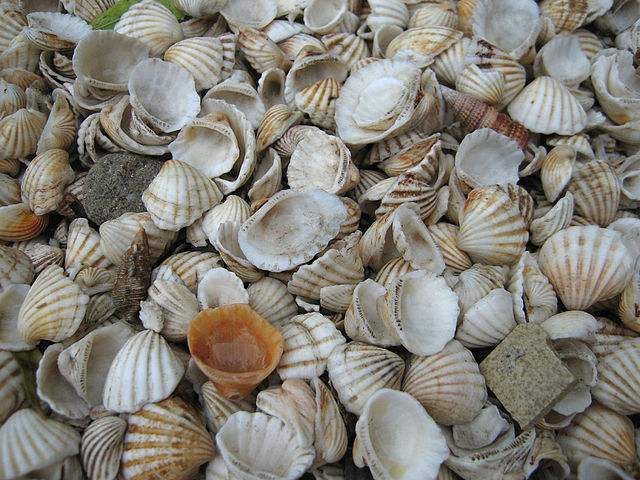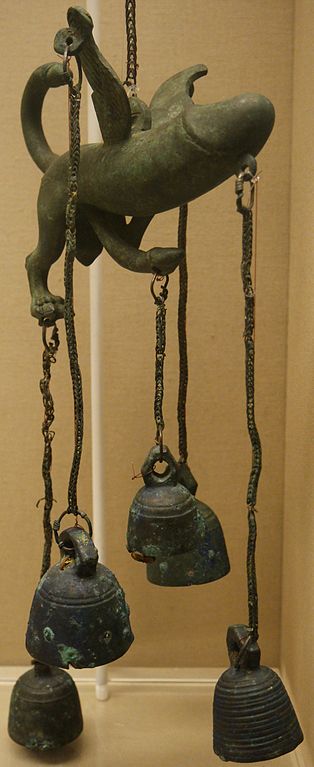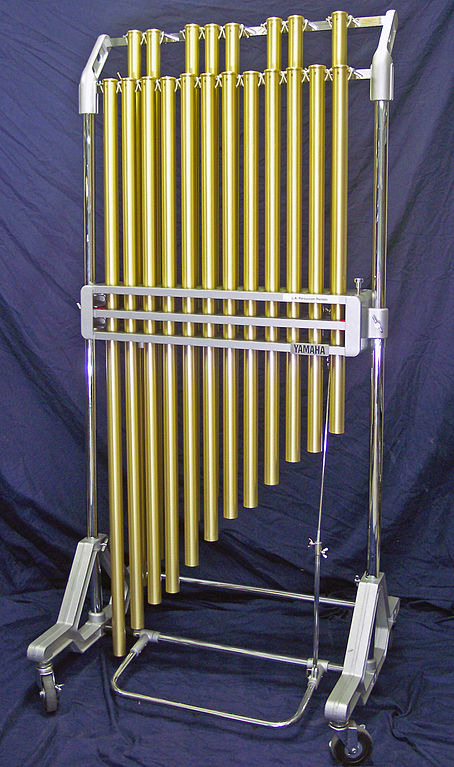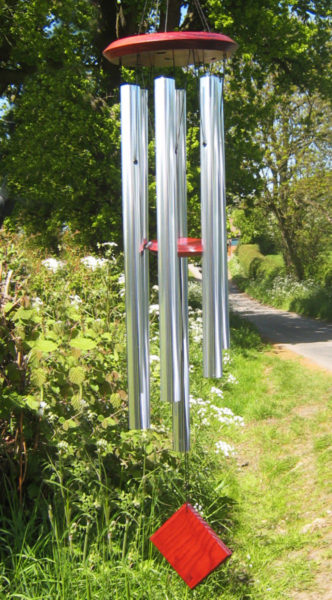History of Wind Chimes
(Last Updated 11/03/2019)

Archaeologists have unearthed evidence of "wind chimes" made from shells and bone from thousands of years ago. These produced rather tinkly, albeit, pleasant noises. Farmers in Bali with access to bamboo would often dry large pieces, and hang them on their rice fields. The sounds they produced warded off birds (indeed, hanging your wind chime near your garden bird table would be counterproductive!)
For the more refined tones of the modern wind chimes heard today, we have to look at when technology was advanced enough to produce actual musical tones.

The tubes used in wind chimes are themselves a variation on a bell - a tubular bell.
Bells, made initially from pottery, first appeared in China in the 3rd Millennium BC and with the advent of casting techniques soon developed into metal. As the processes improved, they became more ornate and symbolic and found their way into Chinese culture and religion where they are used for prayer and meditation to focus the mind.
These ornate bells became a symbol of wealth and power, which ensured their attraction as a must-have item.
Bells were hung from Pagodas and religious buildings and were thought to ward off spirits and bring prosperity. This theme was also seen in ancient Roman wind bells (known as Tintinnabulum), usually made from bronze, which were often combined with a phallus (another symbol of good fortune).
Chinese wind bells spread to Japan, where they were used to warn of coming disease (it was said that an epidemic would spread through the wind). Originally metal they were called "Furin" (literally "wind bell"). The advent of Dutch glassmaking techniques in the 18th century spread to the Japanese, who had never seen glass before. They fell in love with this new material and used it to make beautifully sounding glass bells which could be intricately painted and are still popular in Japan today.

For our modern tubular wind chimes we can look to the orchestras of the 19th century, who originally used tubular bells to mimic the bells used in churches. These instruments needed to be tuned accurately and their use in windchimes was a logical use of these tubes. The scientific knowledge of hanging chimes at a point two ninths its length (which suppresses the partial harmonics of the tube, and brings out the pure, fundamental tone) and striking in the middle produces the clear tones we hear today.

The advent of computer-controlled machinery in the 70s and 80s meant that it became easier to affordably mass produce precision-tuned metal wind chimes. Combined with the infinite mixture of scales and designs, their popularity all over their world is ensured.
We hope you've enjoyed reading about the interesting history of Wind Chimes! Feel free to browse our shop or take our Online Quiz to find the perfect wind chime for you! Thanks for reading :)